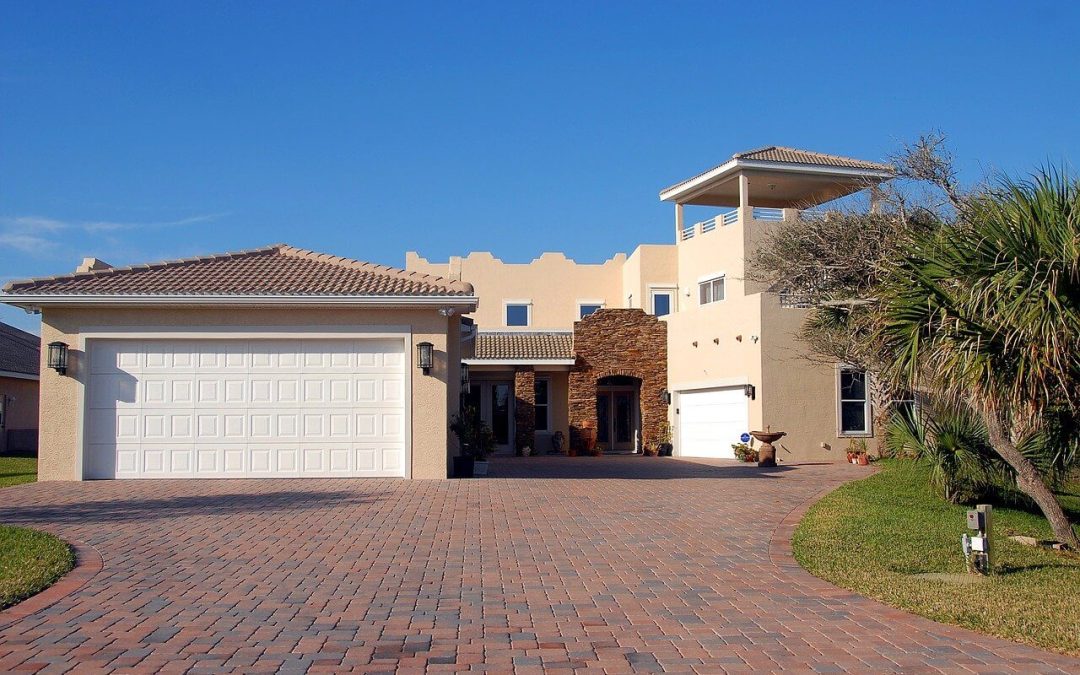Living in a coastal climate brings many rewards but comes with unique challenges. One of those challenges is finding a roofing material to withstand the harsh seaside environment. Whether building a new home or replacing your old roof, choosing the right roofing materials makes a difference in keeping your home safe and secure. With so many options available today, selecting the best one that fits your needs and budget is essential. Here are a few common roofing materials for coastal homes and their pros and cons.
Roofing Materials for Coastal Homes
1. Asphalt Shingles
Asphalt shingles are one of the most common roofing materials used in coastal areas due to their affordability and ease of installation. They are durable and can withstand high winds up to 130mph, making them suitable for areas prone to hurricanes and storms. However, their lifespan is shorter than other materials, with an average of 15-20 years, and they are vulnerable to mold, mildew, and corrosion.
2. Metal Types of Roofing Materials for Coastal Homes
Metal roofing is an excellent option for coastal homes due to its durability and longevity. It can withstand winds up to 140mph and protects against salty air, corrosion, and mold. Additionally, metal roofing comes in various colors and styles to match any design aesthetic. The downside is that it can be costly, making metal a less accessible option for homeowners on a tight budget.
3. Clay and Concrete Tiles
Clay and concrete tiles are another reliable option for coastal homes. They are fire-resistant, durable, and can last well over 50 years with proper maintenance. They are also available in a variety of colors and styles to fit any design preferences. However, tiles are heavy and may require added structural support, and these materials are more costly to install than asphalt shingles.
4. Cedar Shakes and Shingles
Cedar shakes and shingles are a popular roofing choice for coastal homes due to their natural aesthetic. They are sustainable, energy-efficient, and offer excellent insulation, making them a perfect choice for eco-conscious homeowners. The downside is that they require higher maintenance and are susceptible to mold, mildew, and rotting. The salty air can damage cedar, affecting the color of the materials; however, a high-quality stain will prevent discoloration and help protect the shingles.
5. Synthetic Slate Roofing
Synthetic roofing materials are becoming popular for coastal homes due to their durability and resistance to harsh weather conditions. They are designed to mimic natural slate but offer more longevity and lower maintenance requirements. Synthetic roofing is resistant to mold, rotting, and insect damage. The downside is synthetic slate can be more expensive than other options and doesn’t have the same visual appeal as natural materials.
Choosing a suitable roofing material for your coastal home is an important decision that impacts your home’s longevity, appearance, and safety. Understanding the pros and cons of each material helps you make an informed decision about a roof that fits your needs and budget. Consider factors such as durability, resistance to harsh weather conditions, and maintenance costs when choosing roofing materials for your home.
Golden Rule Home Inspections offers inspection services in Lee, Collier, and Charlotte Counties. Contact us to schedule an appointment.

